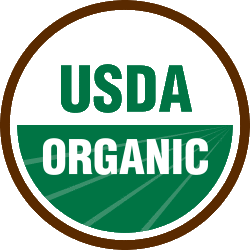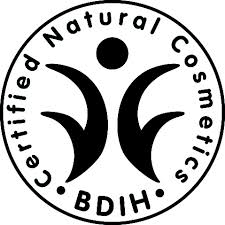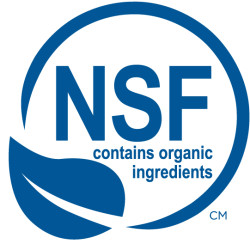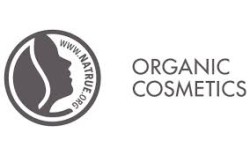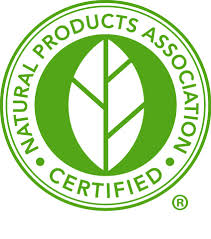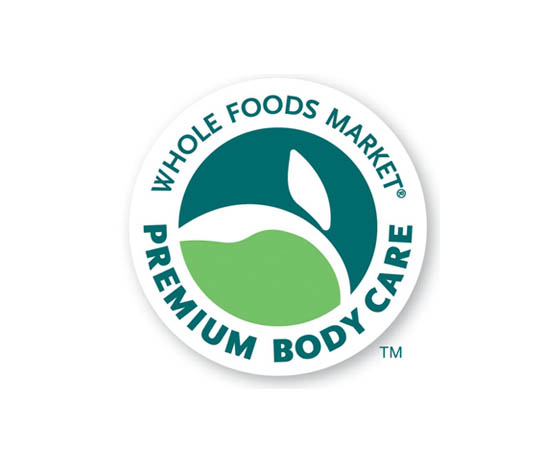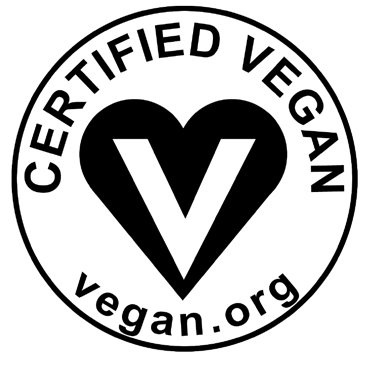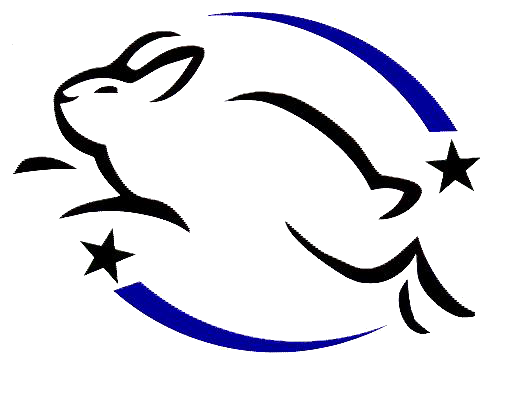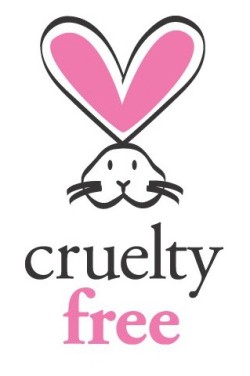Here’s a scene you might find familiar: You’re dropping by your local natural grocery store of choice to pick up a new facial cleanser. Being the eco-minded, responsible consumer that you are, you dutifully inspect the label of each and every product you consider. As you turn the bottle over for a closer look, you’re faced with any number of tiny beauty hieroglyphics: leaf, flower, cutesy bunny with a heart. But what do these symbols really mean, anyway? And can that smiling bunny be trusted, or is it just another adorable marketing gimmick? Here’s a guide to the most common beauty logos you might encounter and what they mean, so you can have a clean conscious along with a clean face.
USDA Organic Certification
Although primarily used in the US to label food, it can also be found on cosmetic items. This seal guarantees that any product claiming to be ‘organic’ must contain a minimum of 95% organic content, and “synthetic fertilizers, sewage sludge, irradiation, and genetic engineering” are strictly forbidden. (http://www.ams.usda.gov/AMSv1.0/nop)
BDIH Certified Natural Cosmetics
If you’re considering a natural European brand, you might encounter this German certification, which boasts a comprehensive guideline for natural cosmetics. Standards for BDIH include: use of raw plant material, no genetically modified ingredients, preference for ecologically sustainable practices, no synthetic dyes or fragrances, and no animal testing. (http://www.kontrollierte-naturkosmetik.de/e/guideline_natural_cosmetics.htm)
NSF Made With Organic Ingredients Standard
The NSF standard was created to fill the gap where USDA organic regulations fall short. This organization argues that cosmetics can’t be measured using the same regulations that are designed for food, as they go through very different manufacturing processes and often contain non-food ingredients. To obtain their stamp of approval, the NSF requires verification that the product contain at least 70% organic content.
NaTrue Certification
There are 3 levels of NaTrue certification:
- “Natural cosmetics” whose ingredients must be natural (ie minimally processed), but not organic.
- “Natural cosmetics with organic portion” which demands 70% of the natural ingredients be of organic origin.
- “Organic cosmetics” which guarantees 95% organic, natural ingredients. (http://www.natrue.org/our-label/3-levels-of-certification/)
Natural Products Association Certification
The NPA is the United States’ oldest nonprofit organization dedicated to upholding standards for natural personal care products. To be deemed truly ‘natural’, the NPA requires that the product be made with 95% natural ingredients that come from renewable resources. Not only that, but the product may not use animal testing during development, and there are no parabens, phthalates, petrolatum, chemical sunscreens or SLS. (http://www.npainfo.org/App_Themes/NPA/docs/The%20Natural%20Standard%20010214.pdf)
Whole Foods Premium Body Care
Unsatisfied with other products claiming to be ‘natural’, Whole Foods took matters into their own hands and developed their own standards for natural personal care products. Besides endorsing products with minimal environmental impact, Whole Foods bans parabens and SLS along with 400 other ingredients deemed unacceptable. If you’re a chemistry student or simply have a lot of free time, the entire list of contraband can be found here: (http://www.wholefoodsmarket.com/sites/default/files/media/Global/Departments/Department%20Article/WFM-Premium-Unacceptable-List-Dec5-2013_0.pdf)
Certified Vegan
Vegan.org is concerned with only one thing: is it vegan, or not vegan? So while a product with this symbol promises no animal products, byproducts, or testing, this certification says nothing regarding natural, organic, or controversial ingredients. (http://vegan.org/certify/)
Leaping Bunny
The internationally recognized leaping bunny logo was created by the Coalition for Consumer Information on Cosmetics and promises strict cruelty-free standards at all stages of a products’ development (which goes for the ingredient suppliers as well). Companies wishing to use the leaping bunny logo are routinely audited, and their status is reviewed on a yearly basis. (http://leapingbunny.org/faq.php)
PETA Cruelty-Free Bunny
Similar to the Leaping Bunny above, PETA’s cruelty-free bunny indicates that no animal testing was performed at any point during a product’s manufacturing. But there’s a caveat to consider: unlike the CCIC, PETA does not perform an independent audit of the companies that bear their logo, choosing instead to trust these companies in good faith. (http://www.peta.org/living/beauty/beauty-without-bunnies/)
Phew, did you catch all that? Don’t worry; if you’re still not sure whether a product meets these standards, many of the websites linked above provide databases where you can search for an item by name.
__
Photo: Mary Hood Luttrell; icons: respective organizations

